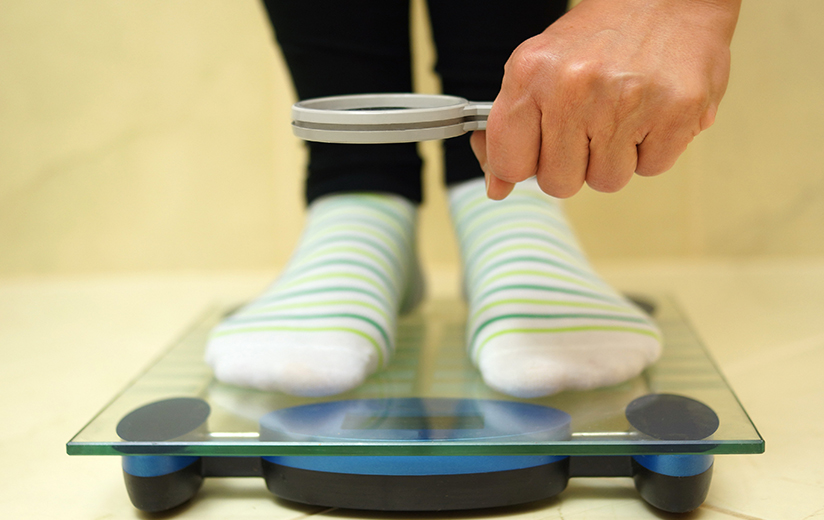Obesity
Obesity: Definition and treatment
Maria Skoura
There is a global epidemic of obesity in adolescents. In Greece, the percentage of overweight/obese teenagers was increased from 15,4% to 22%, within a 10 year period, from 2000 up to 2010. The risk of obesity is very high in teenage girls, as their body goes through a lot of changes.
What’s the definition of obesity?
The obesity is a term used to describe somebody who is very overweight, with a lot of body fat. One of the main and easiest ways to classify a person’s health in relation to his/her weight is body mass index (BMI).
BMI is defined as the subject’s weight divided by the square of its height.
The BMI can be applied in adolescence to classily teens into underweight (adolescents with fat levels disorders, less than normal), normal, overweight and obese using measurements based on age and gender. The following table indicates certain rates for adolescents.
Table 1. BMI based on age and gender
| gender | age | Classification (BMI) | |||
| Underweight | Normal | Overweight | Obese | ||
| male | 11 years old | ≤18 | 19-20,89 | 20,9-25,58 | >25,58 |
| 13 years old | ≤18 | 19-22,27 | 22,28-27,25 | >27,25 | |
| 15 years old | ≤18 | 19-23,60 | 23,61-28,60 | >28,60 | |
| female | 11εyears old | ≤18 | 19-21,20 | 21,21-26,05 | >26,05 |
| 13 years old | ≤18 | 19-21,98 | 22,99-28,20 | >28,20 | |
| 15 years old | ≤18 | 19-24,17 | 24,18-29,29 | >29,29 | |
If you’re obese, you’re more likely to develop a number of potentially serious health problems, including:
• High triglycerides
• High cholesterol
• Type 2 diabetes
• Psychological problems
• Polycystic ovary syndrome (PCOS)
• Osteoarthritis
• The risk to remain obese for your whole life
Treatment
The best way to treat obesity is to eat a healthy, reduced-calorie diet and to exercise regularly. To do this you should: eat a balanced, calorie-controlled diet and limit food high in saturated fat such as potato chips, croissant, dough products (cheese pies, pizza), fast food, processed foods, also change your cooking habits by using less fat.
By eating three meals per day and two snacks in between meals, you can limit the amount of fat food you consume. Gradually reduce your daily portion size to control your weight. Consume more fruit and vegetables, while limit drinking sugar sweetened refreshments and beverages, to lose weight fast and make your overall diet healthier.
Regular exercise will help you achieve more significant weight loss. Exercise can be a pleasant daily occupation, by engaging into either games of physical activity, or sports. Combining an active way of life with healthier eating habits will improve your life quality as a teenager, as well as an adult, for the rest of your life.
Maria SkouraNutritionist, Scientific Associate of the Greek Society of Adolescent Medicine















